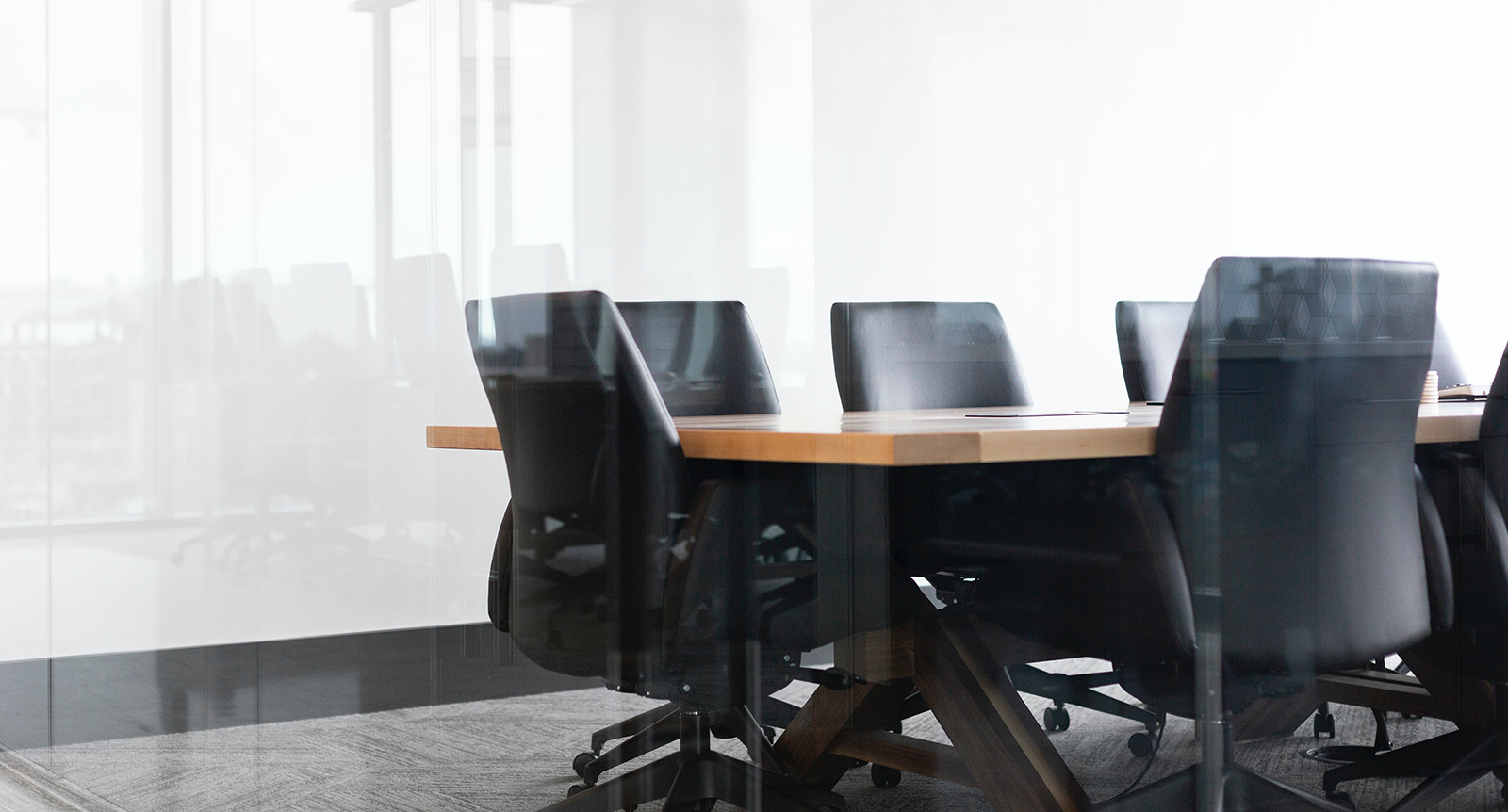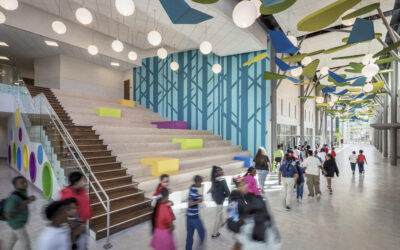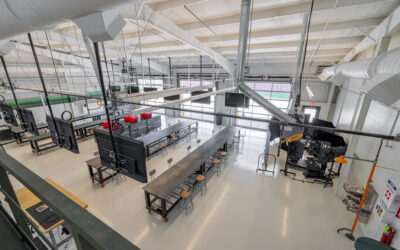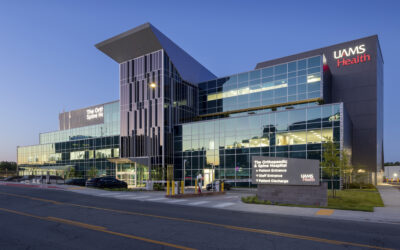The recent outbreak of COVID-19 will undoubtedly forever change the workplace. Proper handwashing signs, plenty of hand sanitizer stations, increased cleaning measures, and remote working are our current reality. But, what about other aspects of work place wellness?
We all know that health and healthy habits create a good foundation for our personal lives but how many of us stop to think about how our health choices are affecting our businesses? More importantly, how can business leaders encourage employees to make choices that will improve their health and wellbeing?
As humans, we adapt to the context of our environment. Our context influences our behaviors and our behaviors are impacting our overall health choices. The physical and social environment is one of the largest factors determining the state of human’s health. Making an investment into our health and success is not restricted to our choices at home. We are starting to see a shift in the workplace culture.
A 2001 survey by The National Human Activity Pattern Survey (NHAPS) shows that, on average, we spend 90 percent of our time indoors. As a new standard for measuring how a building impacts the occupant, the International Well Building Institute has identified 10 concepts they consider the most important components of a WELL building. These 10 concepts are air, water, nourishment, light, fitness, temperature, sound, materials, mind, and community. This new strategy building designers are implementing focuses not only on the impact the building has on the environment, but also the impact the building has on the people that inhabit it.
The physical environment and ergonomics of task chairs and height adjustability of desks are often the first places people look when discussing workplace wellness. Carpal tunnel, neck strain, shoulder tendinitis and bursitis, lower back pain, and hand and wrist tendinitis are becoming more prevalent with the increasing number of hours employees spend sitting at a desk all day. Ways to combat these issues are by providing workstations that promote movement and support visual and physical comfort. Ensure employees are equipped with desk height flexibility, seat flexibility, standing support, screen height adjustability, ergonomic education, and even active furnishing such as treadmill and stationary bike desks.
There are, however, more profound, effective ways to achieve overall wellness. Many businesses are choosing to generate change by creating environments that support and encourage healthy food and fitness choices. These changes, whether small or large, benefit the employee, their families, and the company. For example, one small change may be to add healthy snack options in the employee break area, removing high-sugar drinks such as soda from breakroom options, or encourage employees to take a quick 10-minute walk during their breaks.
Another way to promote movement is by designing active buildings and communities that support the active commuter. Provide bike storage, facilities for active occupants, access to gym spaces, and off-site activity spaces. Promote daily physical activity and movement through the design of the circulation network. Instead of elevator lobbies being the beauty of the building, encourage steps by making the stairs visible and easy to access. Promote daily physical activity through pedestrian-friendly site amenities and provide on-site pedestrian destinations.
Light is also very important to workplace wellness. Human eyes help regulate our internal clock, also known as circadian rhythm. When electricity was invented, people no longer relied on the sun to illuminate buildings. So, shift workers or workers in spaces within the building’s core that rely purely on electric light are lacking the natural timing the sun provides for the body. A way to combat this with design is to mimic the shift of color temperature with circadian lighting design. Other items of importance in relation to light are providing sufficient light at working surfaces, enhancing visual comfort by minimizing glare and flicker caused by electric and solar light, and improving color rendering quality.
A significant portion of a company’s overhead is allocated to salaries and healthcare for their employees. Investing in the employee’s physical and mental health, if done properly, could account for cost savings and a higher ROI because the employees are healthier and happier and, as a result, maintain a higher level of enthusiasm and productivity. Adopting employee wellbeing as a core value to an organization will improve a company’s ability to attract and retain the best employees, increasing the company’s long-term success.
This article was originally published in AMP News Online.




